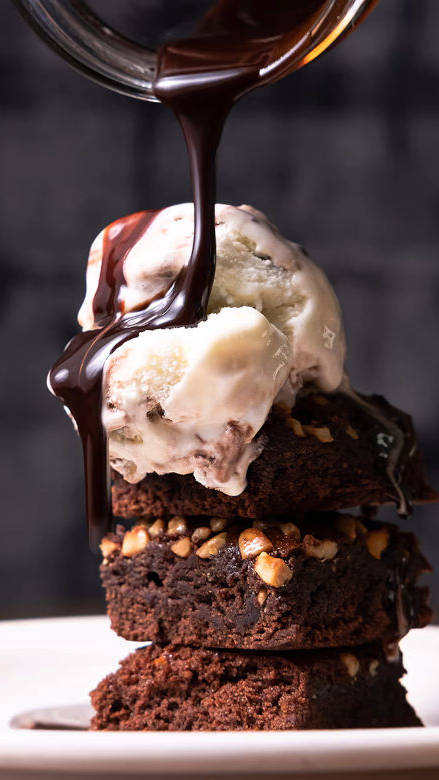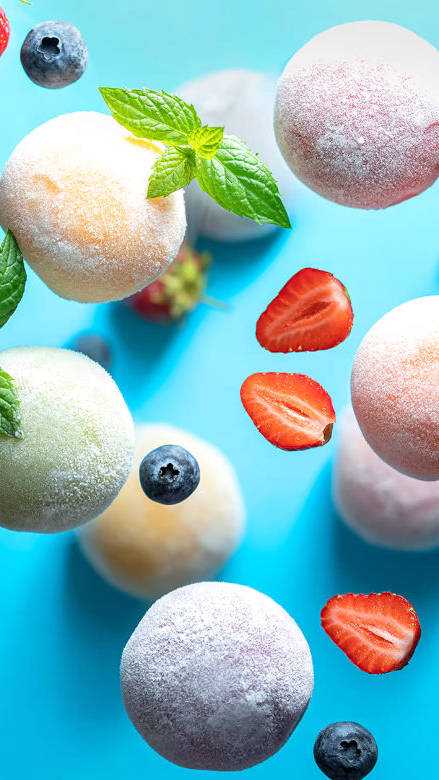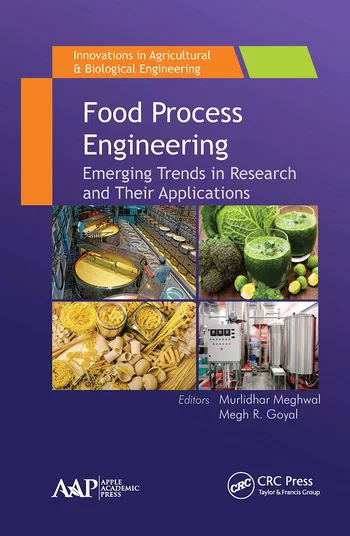Flavor trends for 2022


67
Percentage of consumers that cited flavor as a key attribute for sweet baked goods; 72% cited flavor as important for ice cream and frozen treats.

28
Percentage of consumers who said they would like to try snacks that are popular in other countries or regions (including Latin America, Asia and the Middle East).
SOURCE: T. Hasegawa, “2022 Food and Beverage Flavor Trends Report”
T. Hasegawa has released its 2022 Food and Beverage Flavor Trends Report. The flavor and fragrance development company says that top 5 food/beverage ingredient trends for 2022 include anti-Inflammatory, hydration, energy boosting, mental health and taste-over-function.
The report also finds that the top overall consumer food and beverage trends this year include bioavailability of nutrients, upcycling, gut health, clean label alternatives, co-branding, escapism flavors, plant forward, Mexican comfort food and classics with a twist.
Other highlights include:
“Permissible indulgence” in the form of desserts and confections which offer a new twist on traditional favorites. With many consumers still working from home and dealing with pandemic stress, familiar dessert flavors can still deliver on flavor, texture and other experiences that tap into indulgence--and this trend is expected to grow in 2022.
Adventurous and exciting flavors are driving product innovation in snack foods. One growing trend is the rise of charcuterie board flavors—such as prosciutto, mortadella, soppressata and others—which are becoming mainstream when paired with classic snack flavors.
Consumers tap into their nostalgia for international travel through snacking. More than 36% of consumers in a recent study cited interest in seeing more authentic international flavors in the grocery store--but many want to be introduced to these flavors through fusion with familiar foods. For example, 40% of U.S. consumers like dips and sauces with internationally inspired flavors like sriracha and Thai peanut, often used as a spread to add excitement to classic dishes.
Broadening interest in Latin American cuisine. The wide availability and appeal of Mexican cuisine is opening the door for consumer interest in foods from other Latin American countries, such as Cuba, Puerto Rico, Brazil, Columbia and Argentina--all of which feature distinctly different tastes with some overlap of key ingredients for a perfect blend of flavor adventure and familiarity.
Adding excitement to proteins and meat alternatives through complex flavor. More than 57% of consumers are looking for unique flavors to make everyday proteins exciting--and this exists in the rapidly growing plant-based meat alternative category. Almost half of U.S. consumers say that flavor is a key attribute when purchasing proteins, putting increased emphasis on rubs, marinades and seasonings featuring complex savory ingredients. Rich spicy flavors like harissa, chimichurri and Cajun are growing as a popular option for proteins, along with smoked hardwood flavors such as hickory, mesquite, oak, alder and others.
Prepared meals are helping consumers explore new flavors in the kitchen. More than 65% of U.S. adults say a prepared meal is a great way to try an international cuisine, such as Ethiopian, Indian, Thai or Korean.
Flavor and function are driving beverage innovation. Layering in features like compelling flavors, carbonation and functionality with ingredient improvements will help drive consumer beverage purchases. Flavors are the most important aspect of beverages for most consumers, including 70% of RTD tea drinkers and 56% of carbonated soft drink consumers in the U.S.
Sophisticated cocktail-inspired flavors are adding excitement to the non-alcoholic beverage category. A number of lemon-based flavors are poised to make a splash in non-alcoholic beverage development, including burnt lemon, charred lemon zest, lemongrass and Meyer lemon.
The impressive growth of hibiscus as a beverage flavor. As Mexican cuisine’s popularity continues in the U.S., hibiscus is growing as a bright, flavorful ingredient in beverages. Over the last three years, hibiscus has grown 24% in menu incidence as a flavor and 65% as an ingredient.
Sports nutrition beverages are branching out into bold new flavors. While classic coffee, chocolate and vanilla flavors will always be popular, the sports nutrition beverage category is seeing a rise in fun, fruity flavors such as rainbow sherbet, blood orange yuzu, sour gummy, rocket pop, salted watermelon and more.
Many brewed beers include animal-based compounds that are added throughout the production process. — Natasha Dhayagude, CEO and cofounder of Chinova Bioworks
Looking for a reprint of this article?
From high-res PDFs to custom plaques, order your copy today!






